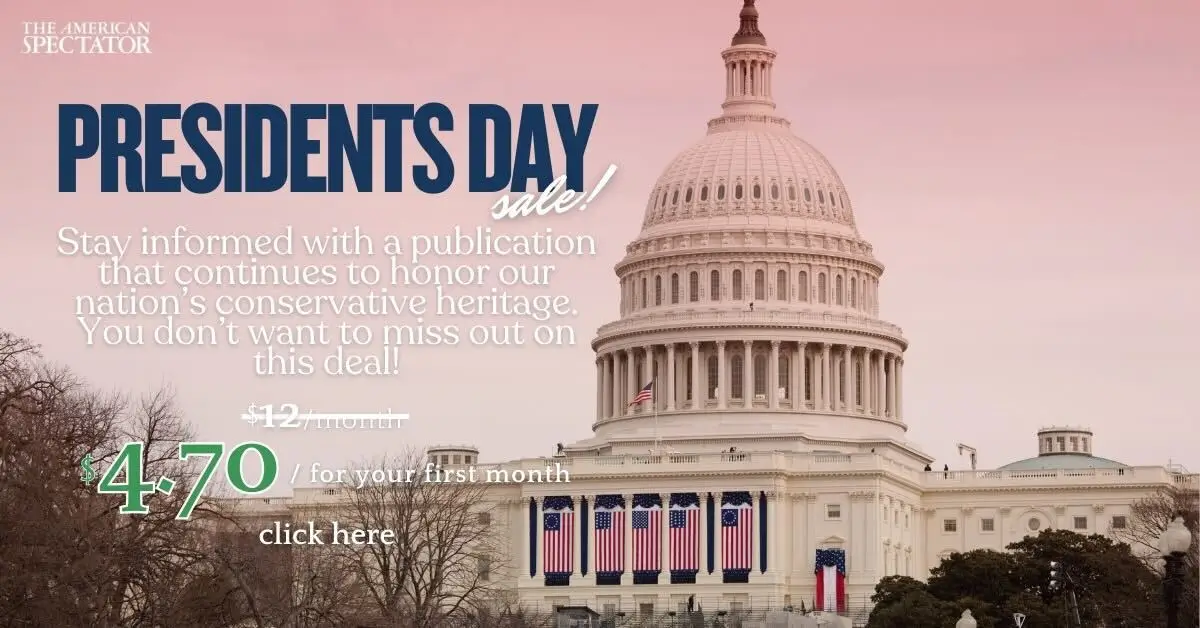It started with a TikTok: a masked man beside a jet ski, stacks of hundred-dollar bills at his feet. The caption read, “No visa? No problem. DM us ![]()
![]()
![]()
![]() .” It looked like a meme. It was a smuggling ad — targeted, polished, and viral.
.” It looked like a meme. It was a smuggling ad — targeted, polished, and viral.
In April, an Associated Press investigation exposed what U.S. officials have long feared: TikTok has become the digital storefront for human trafficking into the United States. Smugglers post short, algorithm-fed videos of illegal border crossings — deserts, speedboats, storm drains — cut to music, capped with emojis, and followed by WhatsApp contact links. Migrants are sold “packages”: route, transport, coaching, paperwork, and sometimes even testimonials from “happy customers.”
In one case, a smuggler known as “El Flako” offered a $5,000 package from Mexico City to New York, promising payment upon arrival and coordinating via TikTok and WhatsApp. In another case, traffickers in Canada were caught advertising $5,000 crossings from Montreal to New York, targeting Indian nationals through TikTok videos.
This isn’t migration. It’s a gamified exploitation of immigration systems, refined through content and scaled by engagement. Coyotes aren’t hiding. They’re uploading.
In March, U.S. Border Patrol recorded just 7,181 encounters — a 95 percent drop year-on-year. But on TikTok, the border looks wide open. Smugglers mock Trump’s policies, claim the wall is “just for show,” and promise “safe passage guaranteed.” One woman stranded in Juárez found a new coyote through TikTok in under 30 minutes. The videos are effective. And they scale.
The shadow economy is enormous: the smuggling industry at the U.S. southern border is now worth more than $13 billion, up from $500 million in 2018. In Texas, over 1,000 Americans, many under 25, have been arrested after responding to TikTok posts offering “fast cash” for picking up migrants. Law enforcement has called it “Uber for smuggling.”
But the problem doesn’t stop at the southern border.
Smugglers are now gaming the northern route. In 2025, TikTok ads promised “safe, fast forest crossings” from Canada into Vermont and New York, charging up to $4,500 per person. One trafficker, interviewed by CBS News, described walking families — babies included — through snowy forest trails into the U.S. from Montreal. The U.S. responded with mass deportation flights, including over 200 Indian nationals in a single week this spring. (RELATED: Canada’s Reckless Immigration Policies)
Canada, now a key transit hub, is scrambling. In February 2025, the Trudeau government announced a C$1 billion border security package, including drones, mobile surveillance, and rapid-response teams. Yet the TikTok ads keep coming.
The U.K. is in the same battle. A Sky News investigation found Albanian and Arabic-language TikToks offering “VIP packages” across the Channel — complete with forged documents, housing, and jobs. One promised arrival in Britain “in 45 minutes, guaranteed.” In just the first 10 weeks of 2025, over 4,392 people crossed in 80 boats. The U.K.’s National Crime Agency has taken down more than 8,000 smuggling-related accounts since 2023.
Some traffickers even waive fees if migrants film the journey. A smiling face on a dinghy, a Union Jack emoji, and the caption: “DM for your route.” It’s advertising, disguised as proof.
TikTok says it removes this content. But enforcement lags. Videos are deleted, reposted, and reshared within hours. The platform’s design isn’t stopping the problem — it’s optimizing it.
This isn’t just border crossing. It’s system-bending — sold in 30 seconds or less.
And until governments learn to govern what’s happening in the feed, they’re not policing the frontier — they’re lagging behind the algorithm.
READ MORE from Kevin Cohen:
How Student Visas Became the New Trojan Horse for Immigration Fraud
Trump’s Cash-for-Departure Plan: A New Approach to Immigration?























